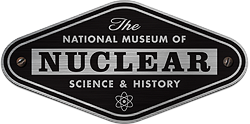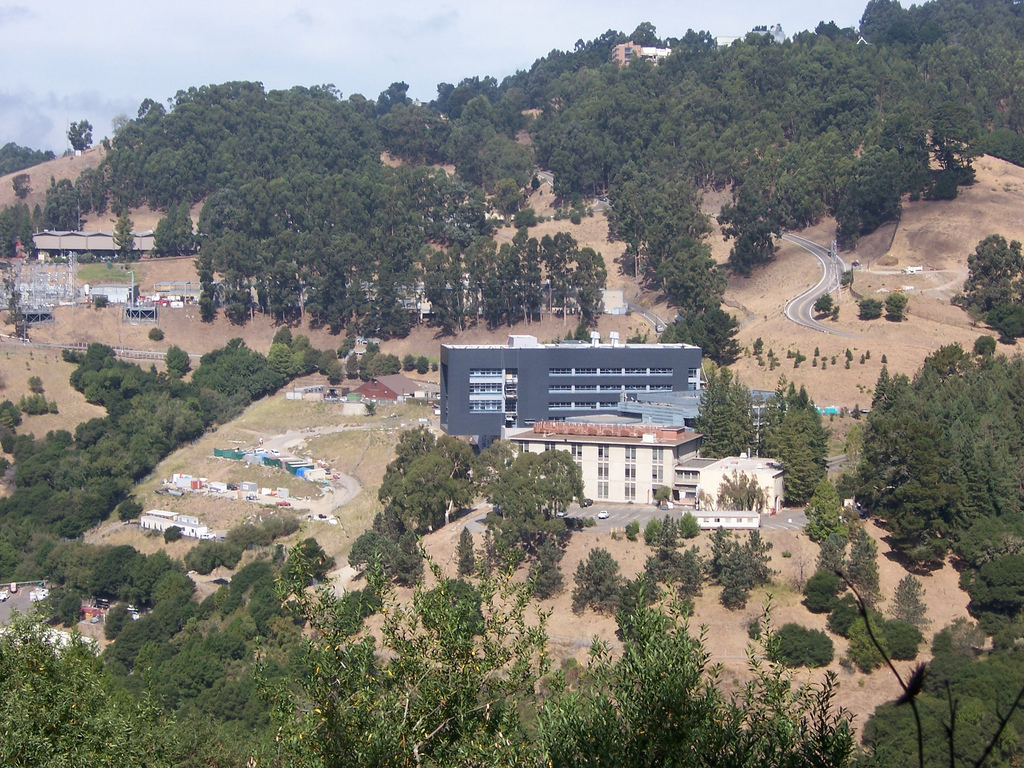Joan Elizabeth Curran (1916-1999) was a Welsh physicist.
Curran was born in Swansea, Wales. During World War II, she worked on Operation Windows, where she invented the “chaff,” a technique which could disrupt enemy radar. Together with her husband, physicist Samuel Curran, she also worked on the proximity fuse that would prove vital in the destruction of German V-1 rockets.
In 1944, Curran went to work on the Manhattan Project at the Radiation Laboratory in Berkeley, California. During her time there, she worked on the electromagnetic isotope separation process.
Joan Curran died on February 10, 1999, in Glasgow, Scotland.





